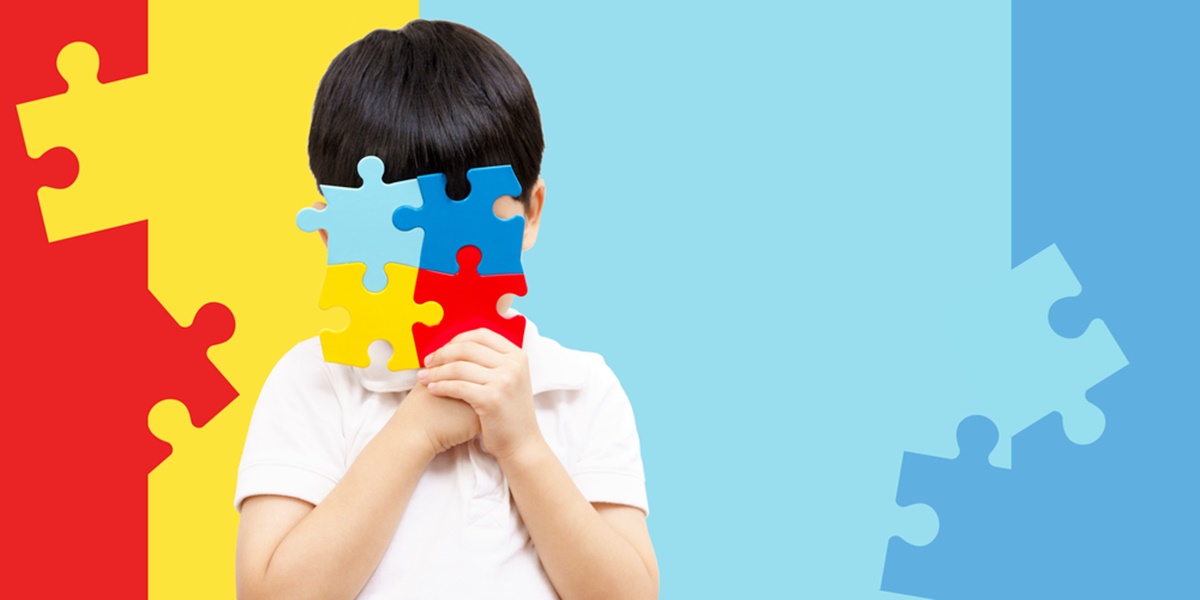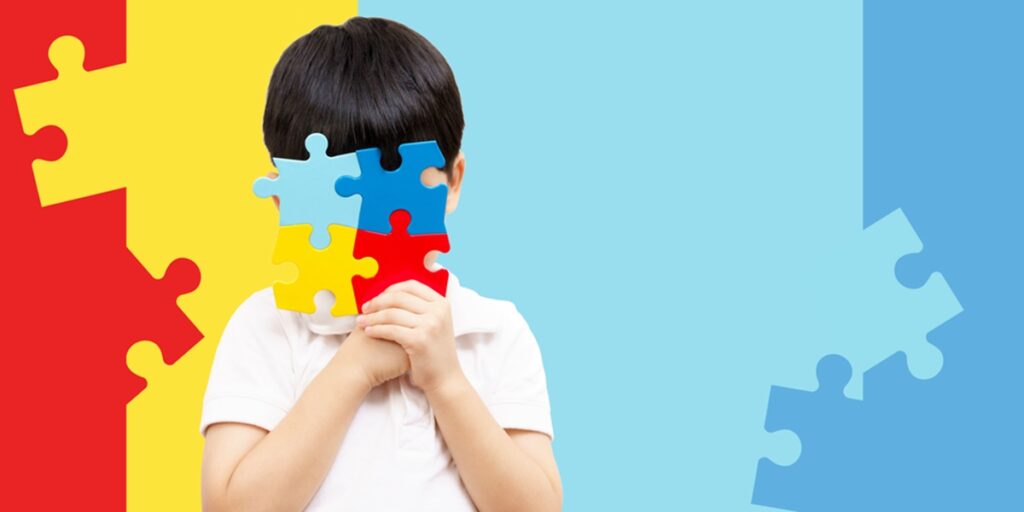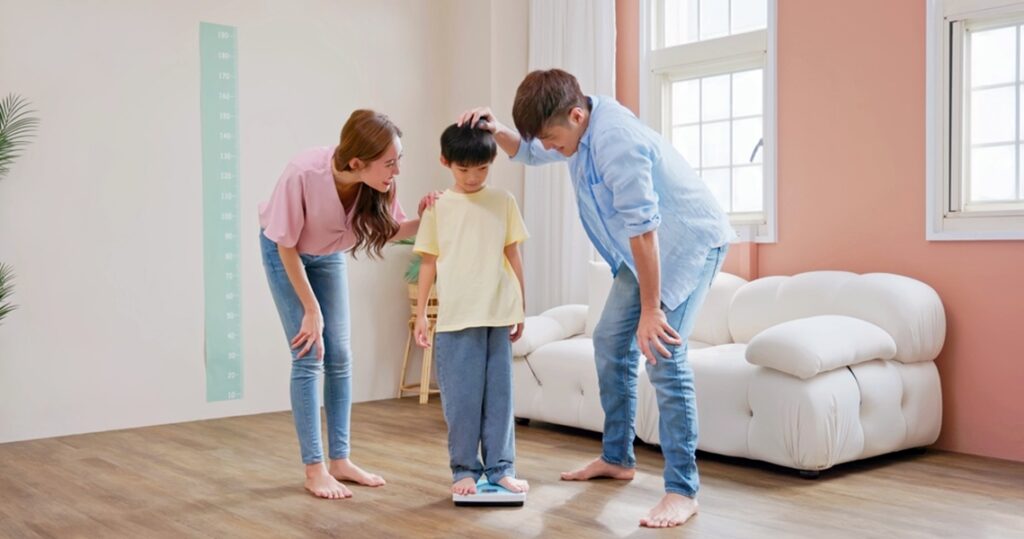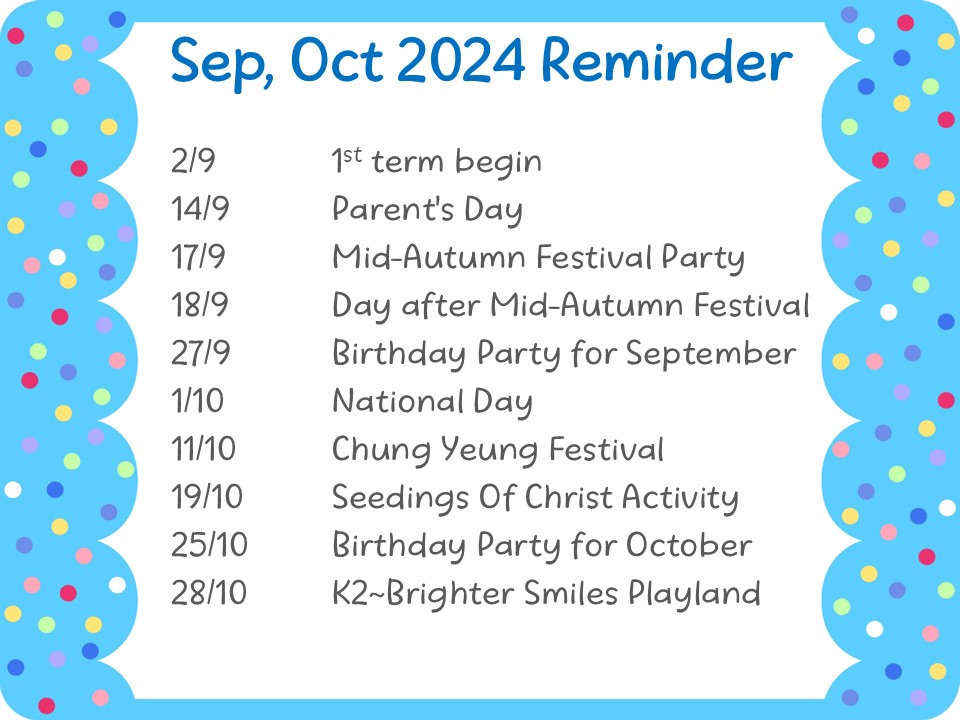
Source: Senior Parenting Education Expert Bally
In fact, preparing for the transition to first grade can be more stressful and time-consuming. If you were to ask me, I would recommend that parents should start from Pre-Nursery to “analyze first and then plan.” But how to analyze first?
Many parents are not entirely clear about the various types of schools in Hong Kong. For instance, we have traditional government-subsidized schools, Direct Subsidy Scheme (DSS) schools, private schools, and international schools. What are the differences between these types of schools? What are their educational philosophies? What is the ideal type of school for parents based on their financial situation and aspirations?
They should first understand and analyze this, which will give them a goal. Once they have a goal, we can move on to the next step, which is to personally attend the orientation sessions of each school. Why do we believe that parents should start preparing from Pre-Nursery (PN)? Because many schools often hold orientation sessions only once a year. These orientation sessions often occur at the same time. If we wait until the year of K2 to attend these sessions, and we are interested in three different schools, and all of them schedule their sessions on the same Saturday at the same time, parents may miss out.

Secondly, it’s important to note that these orientation sessions have limited spots. While many people may sign up, there are often only a few hundred to a thousand slots available. During the course of a single day, there may be over 5,000 registrations. With such high demand, it’s possible not to secure a spot, which means you won’t have the opportunity to attend. This is why we need to prepare one to three years in advance, considering whether the school’s philosophy is suitable for your child.
If you have been attending orientation sessions for your preferred schools for the first one or two years, by the final year, you should revisit your top one to three choices multiple times. This is because educational changes in Hong Kong happen rapidly and frequently. By attending multiple sessions, you can confirm your preferred school.
In many cases, the first time someone attends may be the mother, and the second time, it may be the father. It’s essential for the family to be in agreement, so attending orientation sessions together to understand the school’s philosophy is crucial. Once everyone has a shared understanding, you can move on to the third step, where the family sits down to discuss the direction of your child’s education. What kind of education do you envision for your child’s future? Do you want a very traditional teaching method, or do you want a happy one? Some schools are called “Happy School,” but many parents mistakenly think that a “Happy School” may not be effective.
In fact, there are two major categories of “Happy School” now. Some “Happy Schools” focus solely on happiness, but their curriculum may not align with the first-grade curriculum. Others combine happiness with effectiveness, and students from these schools have the ability to select their preferred schools because they can keep up with the first-grade curriculum. Therefore, parents need to understand what a “Happy School” is, what their teaching philosophy is, and how effective they are.

Once parents reach a consensus, it’s time to truly and thoroughly select the school that is most suitable for the child. Many times, parents may choose the best school for their child because it’s considered the best. However, what is considered the best may not necessarily be the most suitable. As parents, our goal should be to find a school that is the best fit for our child. For example, if a child is very active, parents may wonder whether they should choose a more traditional school that enforces discipline and expects students to sit still. But what if the child is like a “wild horse” and sitting still is not their nature? Or if a child struggles with English, should they attend an English primary school, or should they go to an international school?
In reality, consider this: if a child’s learning abilities are far from meeting the school’s primary requirements, they may not even want to go to school. If a child is weak in English and strong in Chinese but chooses an English primary school, they might not understand what the teacher is saying, and they would have no interest in English at all. In this case, you could argue that the child doesn’t need to attend school because they won’t grasp what the teacher is teaching, and their poor performance in English could negatively impact their overall academic progress and their interest in learning.
Parents often ask how to make the right choice. To analyze this, let’s use the analogy of a small fish in a big pond versus a big fish in a small pond. If a child attends a school where their learning abilities and performance are in the middle to upper range within that school, their confidence will increase, and they won’t feel inferior to their peers. However, if they attend a school considered “good” or prestigious but their abilities are not up to par, they may struggle and feel like a small fish in a big pond. In this scenario, the child is likely to be unhappy throughout their learning journey and may feel underestimated.

So, I would recommend that parents, first and foremost, understand how to choose a suitable school. You need to comprehend the school’s educational philosophy and evaluate the academic standards for students after they enter first grade to determine if your child is a good fit in terms of English, Chinese, and mathematics. If you believe that your child can handle these aspects well and is already coping with them, then this school is likely the right fit for your child.





















